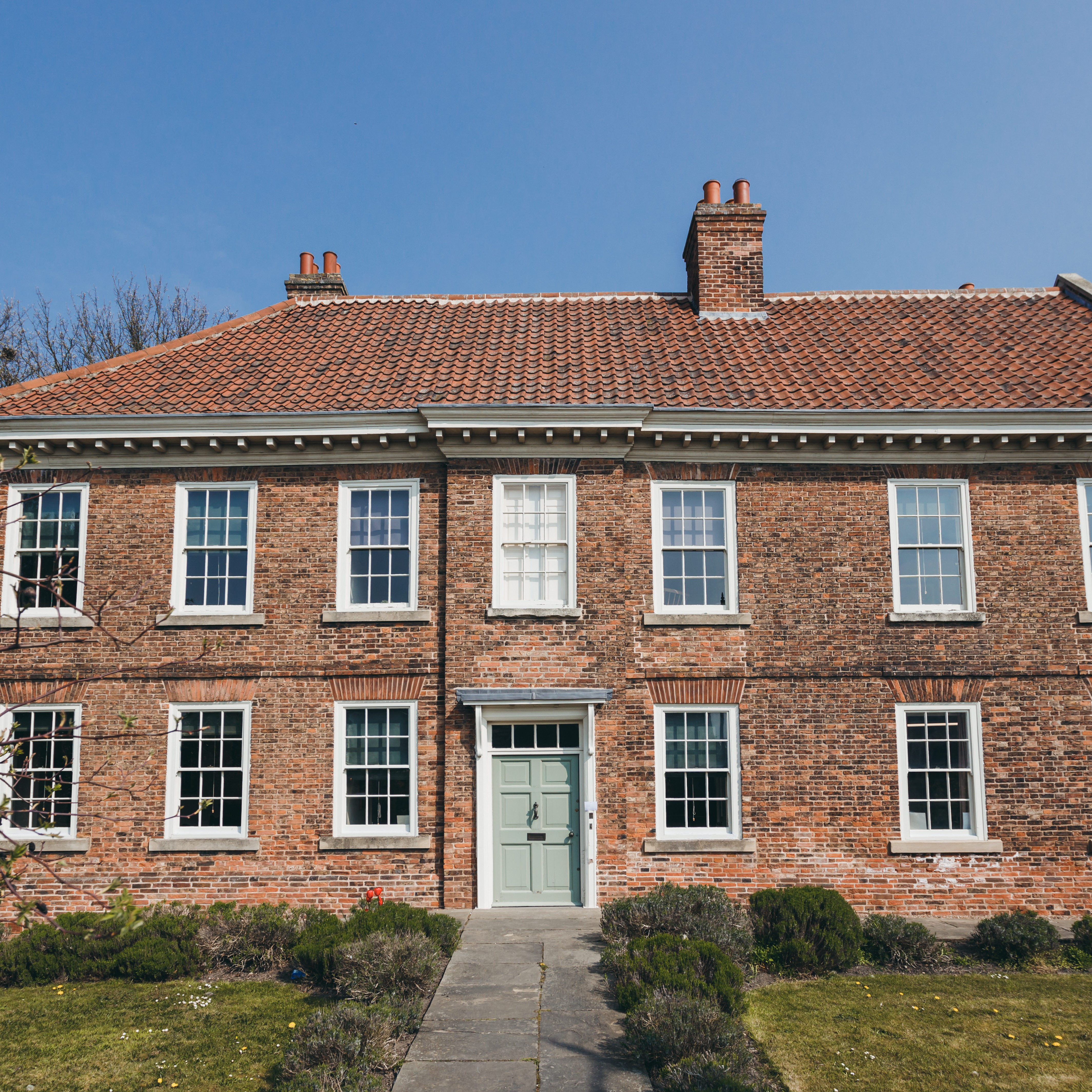Introducing Home with the Wesleys 1716 Exhibition
by Epworth Old Rectory on May 19th, 2023 in blog

Have you ever wondered what life was like in the 18th century?
Who lived during that time? How different were their lives to ours? What challenges did they face?
Join us as we reveal the untold stories of the Wesley family at Epworth Old Rectory. Discover what daily life was actually like for 18th-century people.
Are you ready to embark on a remarkable journey? Let’s dive in!
At Home with the Wesleys 1716: How it All Started
Curious to know how At Home with the Wesleys 1716 first came into being?
The COVID-19 pandemic profoundly affected communities around the world – the museum sector being no exception! In fact, 90% of museums closed in 2020, and sadly 10% never reopened.
Since the pandemic, museums across the UK have faced many challenges and uncertainties. 3 years on from the first lockdown and we’re seeing how the crisis is transforming the role of museums for the future.
So, how is Epworth Old Rectory adapting to a changing heritage landscape?
Last year we were delighted to receive funding from the Recovery and Reset Grants 2022. This is an initiative designed to help museums in the North of England bounce back following the pandemic.
At Epworth Old Rectory, we recognise the important role museums play in our community. Museums are our social fabric; the common thread that connects society as a whole. They are spaces of creativity and education. They help us understand ourselves and the world around us.
And so, with that theme in mind, At Home with the Wesleys 1716 exhibition was born! Curated by our community for our community, the exhibition aims to engage new audiences with unique and fascinating stories from our collective past.
“The role of museums is changing. They are becoming more central to the community and moving away from the traditional curator-focused interpretations,” says Anya Johnson, Visits and Collections Manager at Epworth Old Rectory. “We wanted to get the community involved to help us curate this exhibition and identify the stories we weren’t telling.”
But, who were the Wesleys? And what stories will you uncover in the exhibition? Keep reading to find out more!
Who Were the Wesleys?
Susanna and Samuel Wesley first moved to Epworth Old Rectory in the 1690s. Samuel was a clergyman and took up curacy at St Andrew’s Church. The couple had an astounding 19 children but only 10 survived into adulthood. Two of the children, John and Charles Wesley later went on to found the Methodist movement. The Wesleys stayed at the Rectory until 1735 when Samuel died.
Interested in learning more about John and Charles Wesley and the birth of Methodism? Visit our dedicated Methodism page.

Hidden Stories: What to Expect When Visiting the Exhibition
What can you expect to find when visiting the exhibition?
Here’s a glimpse into some of the untold stories that depict 18th-century life at Epworth Old Rectory.
Are you as excited as we are? We certainly hope so!
Light the Way
In the days before electricity, candles were the main source of light for many families like the Wesleys. Due to the unpopular wax tax, Beeswax candles were mainly reserved for wealthy families. Tallow candles and rushlights were the poor man’s candles of choice. Made from animal fats, tallow candles, and rushlights were not rendered very well and would splutter fat everywhere. Plus, can you imagine the smell of burning animal fat in your home? How terrible!
If you were from a poorer household, it was often a toss-up between lighting your home or going hungry. In times of famine, starving families would resort to eating their candles for the animal fats they contained.
What Expiry Date?
People in the 18th century had no means of keeping food cool. There was no refrigeration and definitely no such thing as expiry dates. So, how did 18th-century households preserve food?
The key to effective household management was thriftiness and preserving as much as possible. As a result, there was little waste or rubbish – even spoiled meat was eaten!
Take a look at what author Hannah Woolley of The Gentlewoman’s Guide (1670) advises if your Venison takes an unsavoury turn:
“Take a clean cloth and wrap your Venison therein, then bury it in the Earth one whole night, and it will take away the ill scent or savour.”
“Potting” was another way 18th-century households tried to preserve food. This involved cooking and cooling vegetables, meat, or fish before coating them in melted butter and preserving them in jars. The problem with potting was food would often putrefy and go maggoty very quickly.
The solution? In the case of potted birds “which smell so bad that nobody can bear the smell for the rankness of the butter”, 18th-century cookery writer Hannah Glasse had an interesting strategy. She recommended boiling the poultry for just 30 seconds and then coating them in butter…again!
We’re not entirely convinced this method was an effective remedy for decaying meat. However, it’s a powerful reminder of just how desperate many 18th-century people were. They would eat rotten food because it was all they had.
When Nature Calls
During times before indoor bathrooms, the Wesleys would have used their bed chamber to wash in and a chamber pot (image below taken from the Powerhouse Collection) to go to the toilet.
Before you ask, it isn’t a gravy boat – although it certainly looks like one! Known as a Bourdaloue, this type of chamber pot was typically used by ladies. It was a popular choice because it could easily be carried around and concealed.
The Bourdaloue is believed to be named after the French Jesuit priest Louis Bourdaloue. He was known for attracting large congregations and giving long sermons. This would have been especially taxing for ladies who needed the toilet in the crowds. So, to avoid missing the sermon, ladies would supposedly carry a Bourdaloue in their “muff” or hand warmers. If they ever felt nature calling, at least a pot was on hand!

At Home With the Wesleys 1716 Exhibition: Come Join Us!
At Home with the Wesleys 1716 Exhibition is your chance to walk the hidden path of the everyday 18th-century person for the first time. Come visit us at Epworth Old Rectory as we uncover compelling tales from our collective past. Our team of friendly volunteers will be on hand to answer all of your burning questions.
The exhibition will be on display from 1st April – 20th October 2023. Visit our events page to book your place today.
We can’t wait to see you there!








